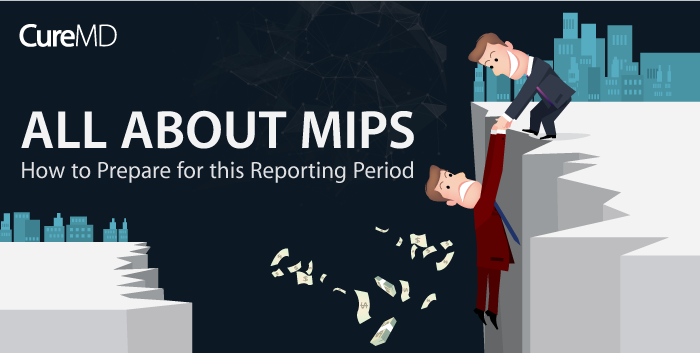It is time to start collecting data for the last reporting period of 2023 for MIPS. If you have not collected at least 90-days of performance data by Jan 2, 2023, you will get a negative adjustment from Medicare. Confused? As CMS released information a bit late, many practitioners are rather confused about how to avoid penalties, gather and report performance data, and reap incentives. Moreover, the narrow time frame is adding pressure, which means that most practitioners desperately need help.
The process is complicated, time-consuming, and technical – something that can completely divert practitioners from their purpose. Practitioners need assistance and the process is likely to be more complicated in 2022 as new rules are introduced. Moreover, the requirements assume that practitioners have ample time and resources, and can spend their entire day documenting.
Practitioners need specialists to devise the perfect penalty protection plan. While several EHR vendors and consulting organizations may be providing direction, one service in particular that deserves attention is CureMD. Their MIPS consulting program stands out from the crowd as it provides a comprehensive, end to end solution that is cost effective for small to medium size practices. CureMD consulting provides help to evaluate, prepare and audit information before submission and to protect against possible penalties. Our evaluation found that their consultants had a 100% customer success rate for Meaningful Use and PQRS programs, hence it offers the best value for money you can find in the market. In addition, all MIPS consulting customers are provided with additional plans to maximize incentives and their quality score.
While consultancy services such as the one offered by CureMD provides complete assistance, we can lay out some facts in layman’s terms.
Practitioners must report performance data for at least a period of 90 days or a maximum of one year, otherwise they face a 4% payment penalty. Those that send in minimum data may be able to avoid penalties, and those that send data for a partial year may still earn a positive payment adjustment. A full year of data will most likely result in a moderate positive payment adjustment. But as it’s a budget neutral program, the positive adjustment will not be 4%, rather 0.5 to 2.5% in my opinion. If you are in the top tier, you might end up receiving an additional 10% incentive.
CMS will calculate scores based on four performance categories, namely: quality performance, advancing care information, improvement activities, and cost performance. Their scores will determine whether they qualify for negative, neutral, or positive Medicare reimbursements. A payment threshold will be determined after calculating the mean and median scores of MIPS registered practitioners from a previous period. Practitioners who score equal to the threshold will remain neutral, those above the threshold will receive positive adjustments, and those below the threshold will be penalized. The cost category is not required for 2023 reporting.
Accountable Care Organizations (ACO) may also participate in advanced alternative payment models and be rewarded for providing high-quality cost-effective care, if they meet the criteria and are willing to assume the risk associated with outcomes.
Participation in the MIPS program is vital for your success. I strongly recommend to take action now and engage with a team that can guarantee you achieve it.
You need to take action soon if you do not want to miss out on opportunities and prevent undesirable outcomes!
To improve your understanding, take a look at the details mentioned below.

Join the Discussion!